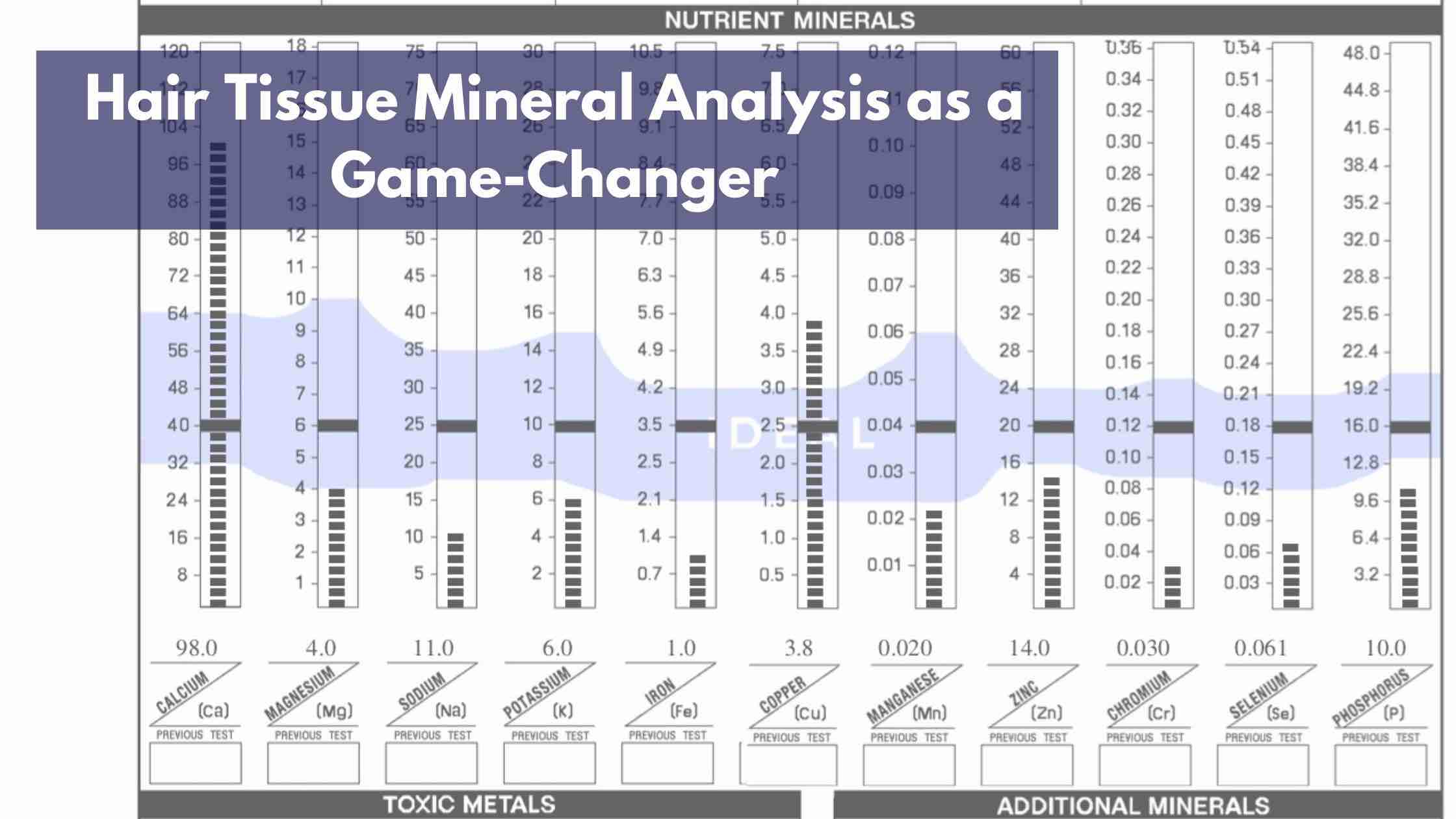Introduction
In the pursuit of optimum health and well-being, individuals often encounter various obstacles that hinder their journey to recovery. For those grappling with long-standing health problems, finding effective solutions can be a frustrating and arduous process. However, the advent of advanced diagnostic tools and techniques has opened up new possibilities for uncovering the underlying causes of these issues. One such tool is hair tissue mineral analysis (HTMA), which has emerged as a game-changer in helping individuals identify and resolve chronic health problems. In this article, we delve into the transformative power of HTMA by exploring a real-life success story of how it helped an individual overcome a persistent health concern.
The Journey Begins
Sarah, a 35-year-old woman, had been experiencing fatigue, hair loss, and recurring digestive problems for several years. Despite consulting various healthcare professionals and undergoing numerous tests, her symptoms remained unresolved. The lack of a definitive diagnosis left her frustrated and desperate for answers. That was until she discovered HTMA, a non-invasive method that analyzes mineral content and ratios in the hair to provide valuable insights into overall health and nutrient imbalances.
Understanding HTMA
Hair tissue mineral analysis involves collecting a small hair sample and subjecting it to laboratory testing. The analysis measures the levels of essential minerals, including calcium, magnesium, zinc, and copper, as well as toxic metals such as lead, mercury, and cadmium. HTMA assesses the mineral ratios within the hair, which reflect their proportions in the body’s tissues and organs. This information provides valuable insights into nutritional deficiencies, excesses, and imbalances that can contribute to a wide range of health issues.
Uncovering the Root Cause
Sarah’s hair tissue mineral analysis revealed several mineral imbalances and toxic metal excesses. The analysis indicated low levels of magnesium and zinc, which are essential for energy production, proper immune function, and hair health. Additionally, her copper levels were elevated, potentially leading to oxidative stress and contributing to her symptoms. Furthermore, her analysis revealed high levels of mercury, which can disrupt various bodily functions and impact overall well-being.
Implementing a Tailored Treatment Plan
With the help of her healthcare practitioner, Sarah devised a comprehensive treatment plan tailored to address the imbalances identified through HTMA. The plan included dietary modifications, targeted supplementation, and lifestyle adjustments. Sarah’s practitioner recommended foods rich in magnesium and zinc, such as leafy greens, nuts, seeds, and lean meats. To support detoxification, she also incorporated chelation therapy to reduce the burden of mercury.
Results and Transformation
As Sarah diligently followed her treatment plan, she began experiencing gradual improvements in her health. Her energy levels increased, and she noticed a decrease in hair loss. Sarah’s digestive issues also improved significantly, and she felt a sense of overall well-being that had been absent for years. Regular follow-up HTMA tests allowed her healthcare practitioner to monitor her progress and make necessary adjustments to her treatment plan.
Conclusion
Sarah’s journey serves as a testament to the power of hair tissue mineral analysis in unraveling long-standing health problems. By providing valuable insights into nutrient imbalances and toxic metal burdens, HTMA enabled her to address the root cause of her symptoms and embark on a path towards recovery. While HTMA is not a standalone diagnostic tool, when used in conjunction with other assessments and under the guidance of a knowledgeable healthcare practitioner, it can offer a holistic approach to wellness.
As with any diagnostic tool, it is essential to remember that hair tissue mineral analysis is not a definitive solution for every health concern. However, it has proven to be a valuable tool in Sarah’s case and for many others seeking answers. The transformative power of HTMA lies in its ability to uncover hidden imbalances and guide targeted interventions, ultimately leading to improved health and well-being.

